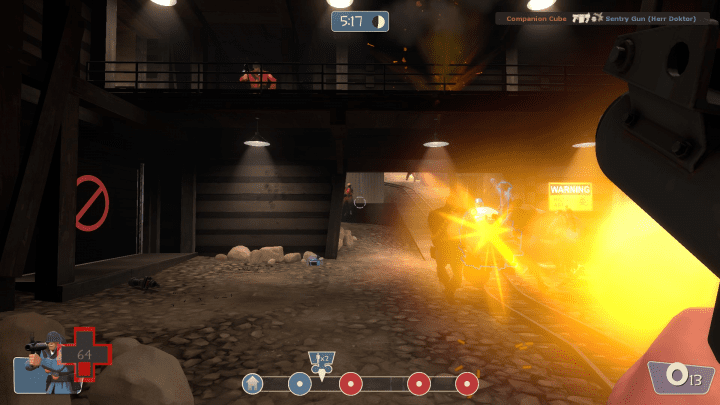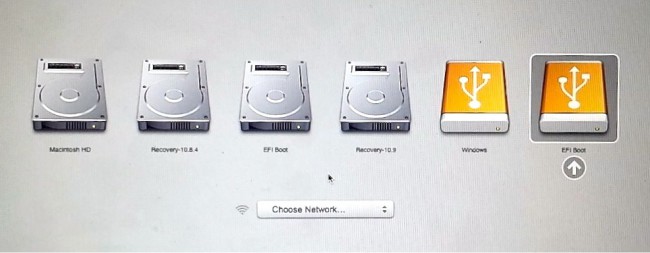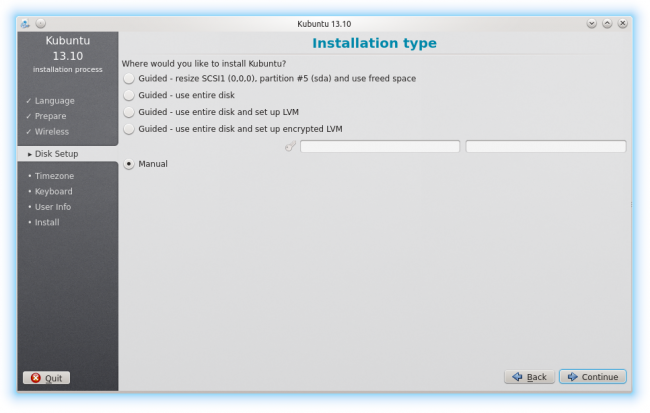From Windows to Linux, Part 3: Games
August 20th, 2014 by Dedoimedo
The third part of our migration slash conversion adventure takes us into the realm of gaming. Alongside Office really, this is the big reason why so many people still keep Windows around, myself included. There are still a huge number of games available only for Windows, and we want to be able to play them. True, the Steam revolution happening on Linux is sending shockwaves of changes throughout the community, but we are still a couple of years away from total, seamless indifference. In order to help the bi-boot-curious people bridge the gap more easily, today, we will dabble in… Continue Reading
How to: Get people to switch to Linux
April 30th, 2014 by Luis Augusto Fretes Cuevas
I’ve been using Linux for over 10 years now and I’ve managed to make more than a few user switch. My strategy is rather simple. I don’t rely on a checklist, because I don’t propose to them to switch to Linux entirely, I don’t even tell they switch to Linux. Here’s what I believe are the steps to success. Windows is your best friend Seriously. It will eventually drive your friends, family and acquaintances nuts. Since you’re likely the free tech support of all your inner circle, you don’t need to even pay attention to catch them in their darkest… Continue Reading
RetroArch and libretro
February 20th, 2014 by Luis Augusto Fretes Cuevas
A couple of weeks ago we checked some of Linux best emulators for the so called old-school gamers or retrogamers. The article was partially motivated by the hype produced by OpenEmu, which is a pretty open source front-end for a variety of emulators for Mac OS X (but is functionally limited in some ways). Is there something like OpenEmu for Linux? Kinda. While not as pretty there’s a very good multi-emulator front-end. Libretro Libretro is an opensource API to which any emulator (called “cores”) can plug into. Then front-ends can plug to libretro and access all the different cores available…. Continue Reading
An old school gaming paradise
January 31st, 2014 by Luis Augusto Fretes Cuevas
If you like gaming Linux is not yet the best option, most new triple A games aren’t released for it. Indie games, on the other hand, are being ported and released to Linux more and more often, and the trend will undoubtedly continue. Steam for Linux (which ships installed with Netrunner) and SteamOS have a big chance at fixing this. What doesn’t need fixing is the availability of top notch emulators. Last month an open source “emulator” was released for Mac OS X, it’s main characteristics are that it has a pretty user interface, you can run games from many different systems and… Continue Reading
Installing Kubuntu on a MacBook Air without rEFIt
November 20th, 2013 by Luis Augusto Fretes Cuevas
At the end of our last tutorial I recommended readers to use rEFIt and avoid more complex solutions, but I offered to write another how to if any reader was interested on using Kubuntu without rEFIt. Reader “Kashi” asked for a way to do so, the drawback of having to press Alt every time he wants to boot into Linux was not a problem: He’s installing Linux to an external hard drive (It’s worth noting that this guide should work equally well if you want to install Kubuntu into an internal partition.). So let’s get to it. Setting up the partitions Last… Continue Reading
Installing Kubuntu on the Macbook Air 11.6 (mid-2013)
October 22nd, 2013 by Luis Augusto Fretes Cuevas
Installing Linux on most Windows PCs is a fairly straightforward process, you just insert the disk or plug in the USB stick and you follow the on-screen instructions, on Macs things are a little bit more complicated. The reason is most PC models from most manufacturers use BIOS, machines using UEFI are more and more common everyday, but for the most part they don’t pose too much of a hassle, things are a little different with Apple and is very custom EFI that doesn’t comply with the official specification. Installing versions of any distribution prior to Linux 3.11 will result… Continue Reading
A breath of fresh oxygen-less air
May 13th, 2013 by Luis Augusto Fretes Cuevas
From time to time I get bored of Oxygen, perhaps because it has been mostly the same for a long period now. While Oxygen itself can be tweaked it will never end up looking really that different from how it looks by default (differences will mostly lie in colors). So today we’ll take a look at some alternative widget styles available. You can change the style by going to System Settings > Application Appearance > Style, and to change the window decoration you need to go to System Settings > Workspace Appearance > Window Decorations . Most styles can be further tweaked by clicking… Continue Reading
Netflix and Linux
March 11th, 2013 by Luis Augusto Fretes Cuevas
There’s a simple workaround to use Netflix in Linux, it isn’t perfect or very stable, and according to some it doesn’t always work, still, if you scroll down you can find instructions to install it. Look, I think we all should understand that Linux represents a very small portion of the desktop user base of any product, so we shouldn’t feel entitled to get all services other vastly more popular operating systems are getting, instead we should celebrate when an important service hits Linux, like Steam. One of the best developments to happen to open source, and that Linux users… Continue Reading








